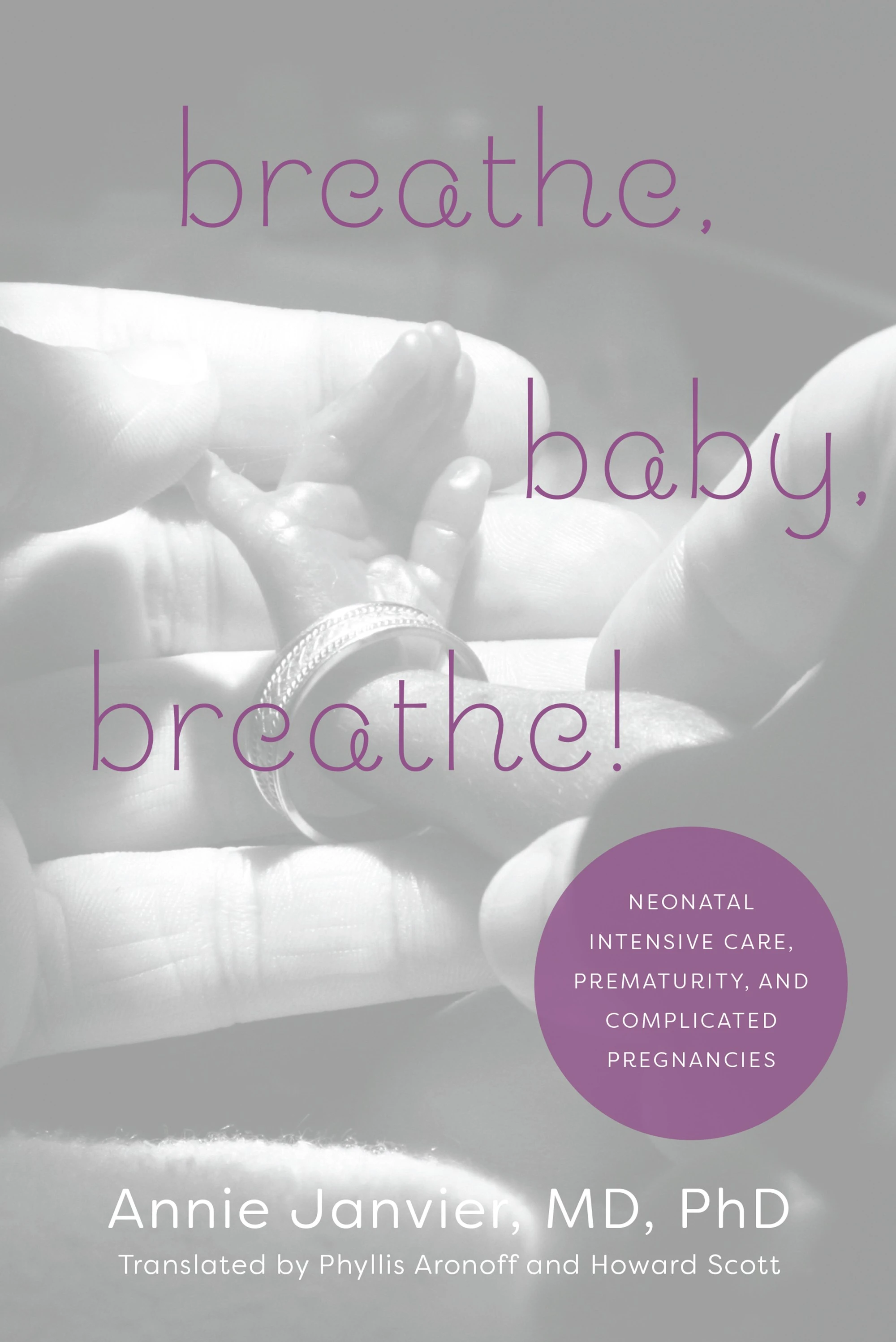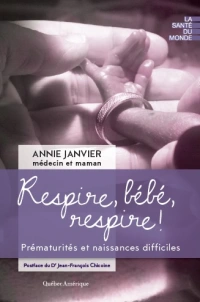Welzing L, Oberthuer A, Junghaenel S, Harnischmacher U, Stützer H, Roth B: Remifentanil/midazolam versus fentanyl/midazolam for analgesia and sedation of mechanically ventilated neonates and young infants: a randomized controlled trial. Intensive Care Medicine 2012, 38(6):1017-1024. A small RCT (n=23) comparing fentanyl to remifentanil (both with midazolam). Both regimes gave good sedation and analgesia, but the remifentanil babies were able to be extubated much faster. Fentanyl has an average half life of about 10 hours in the newborn; remifentanil is metabolised by circulating esterases and has an extremely short half-life of about 3 to 6 minutes (this has not been confirmed in small neonates)
Bennett NJ, Tabarani CM, Bartholoma NM, Wang D, Huang D, Riddell SW, Kiska DL, Hingre R, Rosenberg HF, Domachowske JB: Unrecognized Viral Respiratory Tract Infections in Premature Infants during their Birth Hospitalization: A Prospective Surveillance Study in Two Neonatal Intensive Care Units. The Journal of Pediatrics 2012, 161(5):814-818.e813. If you look for respiratory viral infections routinely, you will find them. Not only will you find them, but they seem to prolong assisted ventilation and are associated with bronchopulmonary dysplasia, even though they usually do not cause any obvious symptoms.
Martinez-Biarge M, Bregant T, Wusthoff CJ, Chew ATM, Diez-Sebastian J, Rutherford MA, Cowan FM: White Matter and Cortical Injury in Hypoxic-Ischemic Encephalopathy: Antecedent Factors and 2-Year Outcome. The Journal of Pediatrics 2012, 161(5):799-807. Follow up of 84 infants with HIE who did not have basal ganglia or thalamic injury. They not that few infants had cerebral palsy, and none very severe CP, but that a wide range of other disabilities were prevalent, cognitive, language, behavioural and seizures.
Katheria A, Rich W, Finer N: Electrocardiogram Provides a Continuous Heart Rate Faster Than Oximetry During Neonatal Resuscitation. Pediatrics 2012. Again challenging our standard practice during resuscitation, Neil Finer and his group measured how long it takes during resuscitation to get a reliable heart rate using the standard (which has become pulse oximetry) to sticking on ECG electrodes like we do everywhere else in medicine. It was faster to put the probes in place (26 vs 38 secs), and much faster to get an audible heart rate signal when you stick the ECG leads on (2 seconds) versus the oximeter probe (24 seconds).
Carr R: The role of colony stimulating factors and immunoglobulin in the prevention and treatment of neonatal infection. Arch Dis Child Fetal Neonatal Ed 2012. A very nice review of the current state of the art.








